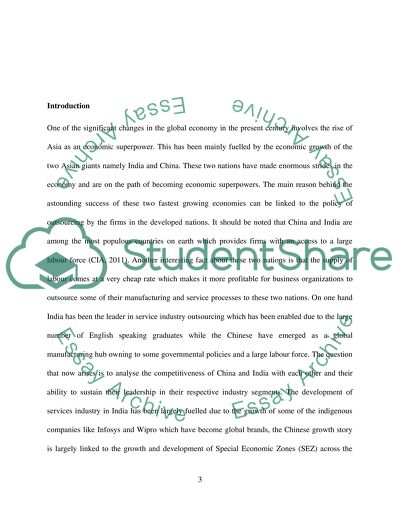Cite this document
(“China: Rivalling India in the Global Sourcing Game. To what extend do Essay”, n.d.)
Retrieved from https://studentshare.org/environmental-studies/1422366-ypchina-rivalling-india-in-the-global-sourcing
Retrieved from https://studentshare.org/environmental-studies/1422366-ypchina-rivalling-india-in-the-global-sourcing
(China: Rivalling India in the Global Sourcing Game. To What Extend Do Essay)
https://studentshare.org/environmental-studies/1422366-ypchina-rivalling-india-in-the-global-sourcing.
https://studentshare.org/environmental-studies/1422366-ypchina-rivalling-india-in-the-global-sourcing.
“China: Rivalling India in the Global Sourcing Game. To What Extend Do Essay”, n.d. https://studentshare.org/environmental-studies/1422366-ypchina-rivalling-india-in-the-global-sourcing.


